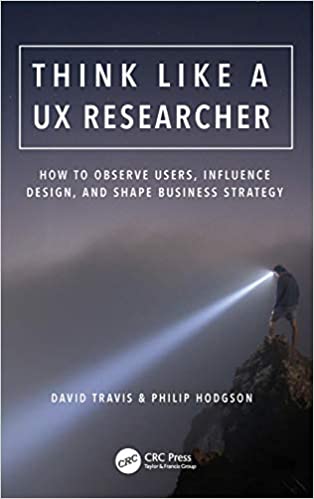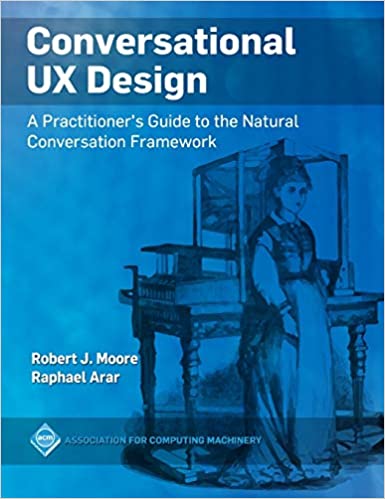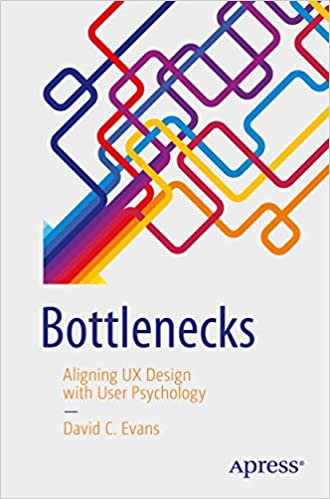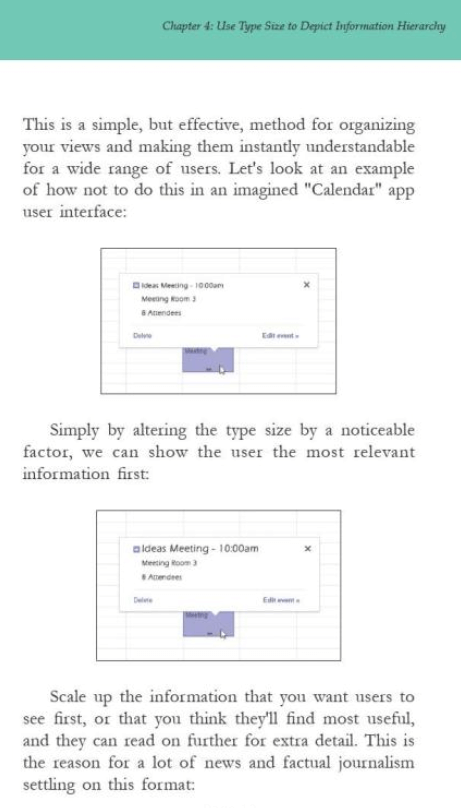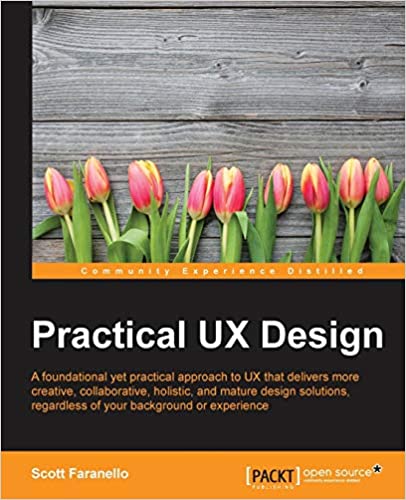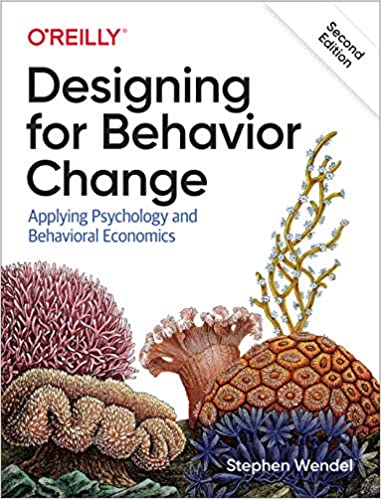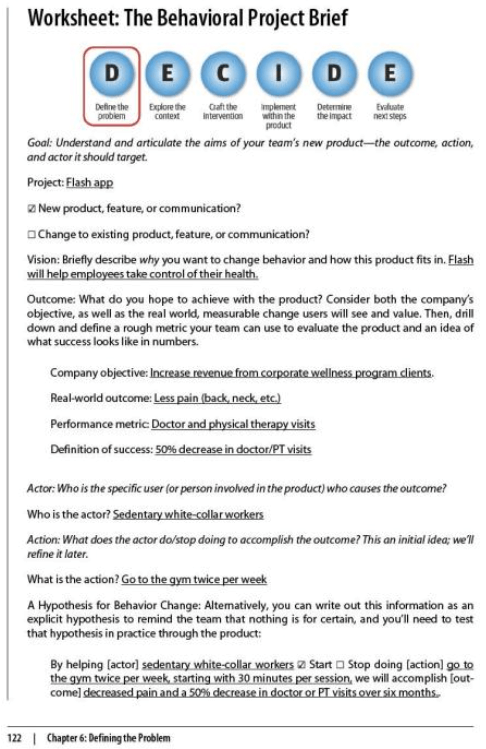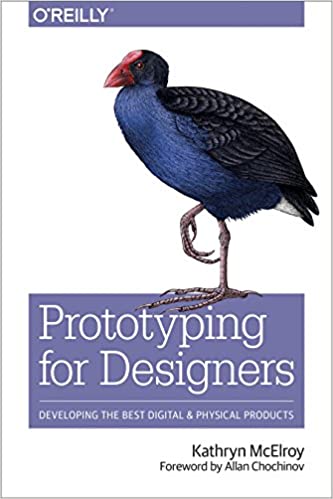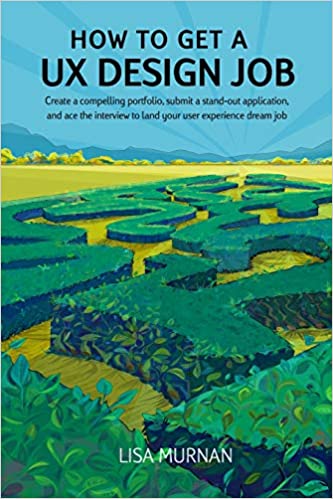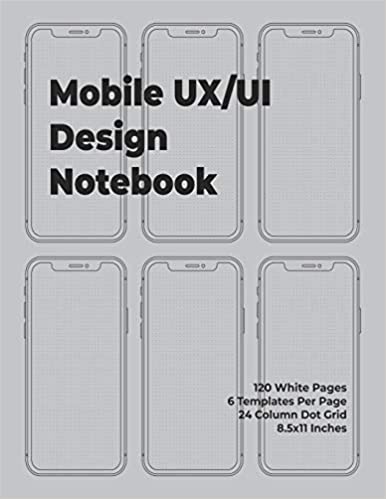Maybe you’re wondering why you should bother reading the best UX books.
Did you know that if a website is optimized for mobile, 74% of users are likely to return?
Or that 80% customers are willing to pay more for a better user experience?
It’s these tiny nuances that are your responsibility to maintain as a UX designer.
You’re not just building a webpage… You’re building an experience.
And that experience will determine whether or not users come back.

So that can put a lot of pressure on you.
But luckily, there’s a book for that…
14 in fact.
Today we’re looking at 14 of the best UX books for this year.
With these UX books, you’ll learn about everything from getting started in UX to advanced concepts like the psychology behind UX.
So whether you’re a newbie or an experienced UX designer looking to improve your skill set, we think there’s something for everybody.
This post contains affiliate links. I may receive compensation if you buy something. Read my disclosure for more details.
TLDR: 14 Best UX Books
We picked the three best UX books based on the following criteria:
🔥 Best Overall 🔥
White Space Is Not Your Enemy
💥 Best for Newbies 💥
UX for Beginners: A Crash Course in 100 Short Lessons
💸 Best Value 💸
Practical UX Design
Best UX Books
Read on to see our top picks for the best UX books this year.
1. White Space Is Not Your Enemy
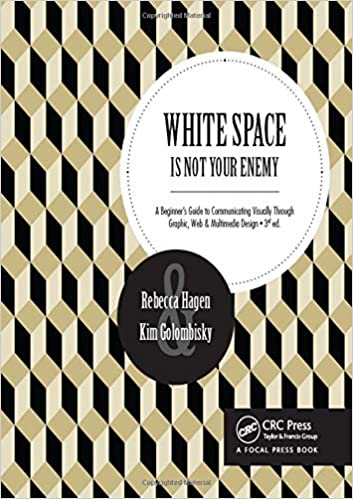
White Space Is Not Your Enemy is a guide focused on graphic design and layout.
You’ll learn about processes for effective visual communication.
This includes:
- Gestalt theory (the whole of anything is greater than its parts)
- color theory (color mixing and visual effects)
- WET layout (Works-Every-Time)
And beyond.
You’ll also learn about trends in web design such as mobile-responsiveness and web typography.
There’s a strong focus on tablet, mobile and advertising designs.
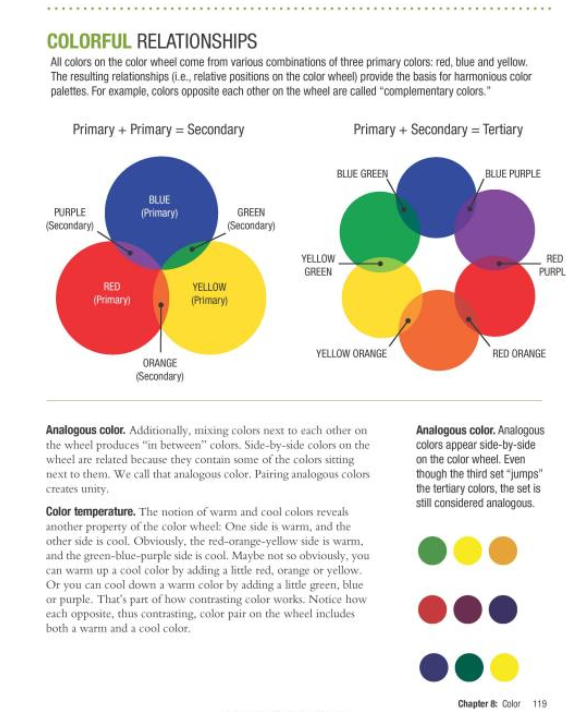
2. Think Like a UX Researcher
Think Like a UX Researcher will take your UX skills to the next level.
First you’ll learn how to plan and execute UX research. Then you’ll hone in on your data analyzation skills.
You’ll accomplish all of this by developing a strategic view of design, thus optimizing the user experience.
Next, with your newfound skills, you’ll learn how to influence your team with your UX decisions.
Finally, you’ll learn how to build your UX career by learning different business strategies.

Excellent book packed with real life examples and studies. Full of useful tools and guides.
–AMZ addiction, customer
3. Conversational UX Design
Conversational UX Design is different than others in our list of best UX books.
You won’t learn things like mobile-responsiveness and color theory. Rather, you’ll learn more about UX in relation to voice assistants, chatbots and other tools that interact with computers… Conversational design.
While highly used, there’s still their lack of “humanness.” Meaning, someone needs to improve the user experience of these tools… conversational UX design.
And that’s where this book comes in.
It will teach you how to figure out how conversation is organized using common sense or conversation science.
You’ll learn new principles and interaction patterns to help create the best user experience.

4. Bottlenecks: Aligning UX Design with User Psychology
Psychology plays a large part in UX design.
So much so that several books have been written on the matter.
In Bottlenecks, you’ll learn the psychology of what shapes people’s perception and engagement with digital media.
In addition, you’ll see case studies of before and after psychological alignments have been applied.
Then you’ll learn marketing strategies with behavioral targeting.
Finally, you’ll learn how to use psychology to best meet the needs of your users.
5. Articulating Design Decisions (2nd Edition)
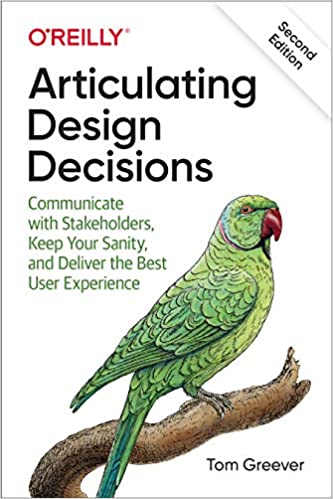
Sometimes it isn’t the design that’s the problem… it’s your ability to convey your thoughts on them.
And if you don’t know how to effectively communicate, you may be misinterpreted.
Or passed over completely.
With Articulating Design Decisions, you’ll learn some invaluable lessons such as how to:
- prepare and present your designs
- identify with stakeholders
- learn how to listen
- effectively respond to feedback
- follow through with the best results
And more.
This book is for any UX designer that needs help improving their communication skills.

… Diving into the book, I discovered that it might not be the design that is the issue, but there could (be) an external problem that has yet to be discovered – we just need to communicate better.
– Techi, customer
🔥 Geena’s Hot Take
Communication is an undervalued skill, especially in the world of web development.
Too often the perception is that we’re sitting behind a computer all day interacting with computers.
That is true, but we’re also talking to stakeholders, team leads, managers, other devs, etc.
And if we don’t know how to convey messages, they can be misinterpreted or passed over altogether.
I’ve had to learn this the hard way.
For example, which do you think is more effective?
“I want to move the button.”
or
“I am moving the button so it’s a better user experience. Under Fitts’ Law, the button is too small and far away at this point that we risk losing the interest and patience of our users while they’re on our site.”
By explaining what and why you need something lets others know what you need to do, what’s expected of them, and what needs to happen in order for a user experience to be successful.
Articulating Design Decisions will help you better verbalize your needs and intentions as a UX designer.
6. 101 UX Principles: A Definitive Design Guide

If you work well with a to-do list, 101 UX Principles may be the UX book you’ve been looking for.
With these principles, you’ll learn the most important aspects of UX design.
Some of the 101 principles include:
- Good UX has a Beginning, a Middle, and an End
- Make Your Links Look Like Links
- Don’t Hide Items Away in a “Hamburger” Menu
- Test with Real Users
- Pick Good Defaults
- Use Breadcrumb Navigation
- Make the Whole Button Clickable, Not Just the Text
And many, many more.
This book is a great start for learning UX principles. Also, it’s an excellent reference for UX professionals.
7. Designing UX: Forms
As author Jessica Enders explains, eBay earned an additional $500 million in a year just by redesigning one button on their mobile form screens.
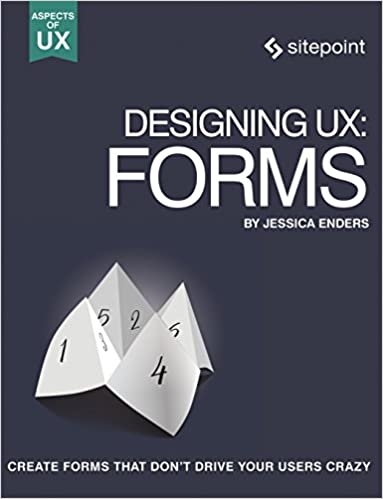
Using real-world examples, you’ll learn how:
- to make questions easy to understand
- to design forms to work on mobile screens
- touch impacts form designs
And error messaging best practices.
By the end of the book, you’ll learn how to create forms that look good and interact well with users.
And that means on laptops, tablets and mobile devices.
8. Practical UX Design
Practical UX Design uses real-world examples to explain UX design.
Its easy-to-read format will teach you UX fundamentals in an engaging way.
Not only will you learn how to delight your users with UX, but you’ll learn to think like a UX designer.
First you’ll learn how to create 6 optimal conditions to cultivate your ideas.
Then you’ll learn how to incorporate 10 design principles found in quality UX design.
After that, you’ll delve into Information Architecture (IA) to understand how to engage, guide and inform users.
You’ll also learn the fundamentals of patterns and properties.
By the end of the book, you’ll have improved your understanding of UX.
So you’ll be able to look at design from a new perspective.
… It is suitable for not only the novice UX’er but also the seasoned professional…
– nancyanzalone, customer
9. Designing for Behavior Change: Applying Psychology and Behavioral Economics
One goal of UX is to keep your users coming back for more and more.
Behavioral science is one way to assess what makes your users want to stay engaged.
With Designing for Behavior Change, you’ll learn about three strategies to change your user’s behavior.
In addition, you’ll learn how to develop designs that users enjoy.
Then you’ll learn how to improve the impact your product has on others.
Finally, you’ll combine behavioral and data science to find problems and test solutions.
10. Laws of UX: Using Psychology to Design Better Products & Services
Psychology plays a startling role in UX design.
The sooner you know how to navigate it, the sooner you’ll be delighting your users with unforgettable UX experiences.
In Laws of UX, you’ll learn how to build experiences that are more intuitive to your users.
In addition, you’ll learn how aesthetically pleasing design elicits desired responses.
Also, you’ll learn about predictive models like Fitt’s Law, Jakob’s Law, and Hick’s Law.
Finally, you’ll be given a framework in which to apply said design principles.
11. Prototyping for Designers
Prototyping for Designers teaches you to trust prototyping instead of your gut.
Then you’ll learn how to create better designs by testing early and often.
You’ll also learn about different prototyping methods from fast to high-fidelity.
Then you’ll learn how to gain insight by testing these prototypes with users.
In addition, you’ll learn best practices for prototyping, and choosing which software to use.
Prototyping for Designers is geared towards beginners and intermediate UX designers.
Excellently written and laid out. It’s a robust, information-heavy read with plenty of helpful resources throughout.
– Ben Bartlett, customer
12. UX for Beginners: A Crash Course in 100 Short Lessons
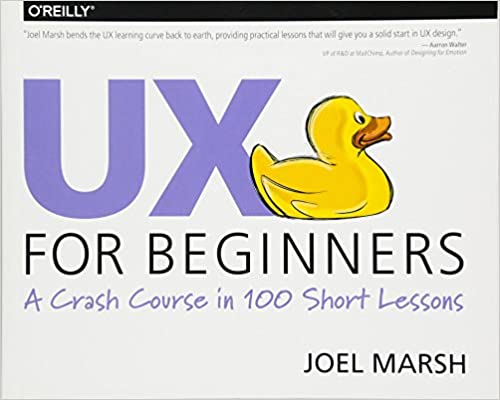
In UX for Beginners, you’ll learn UX in a simple, practical way.
Instead of your standard technical UX books, it’s image-rich and sprinkled with humor.
But you’ll learn plenty:
- UX fundamentals
- process and science of making things user-friendly
- size, color and layout to assist users
- create wireframes
- make designs persuasive
And much more.

UX for Beginners is geared towards readers with no designing experience whatsoever.
13. How to Get a UX Design Job
Ready to start working as a UX designer?
In How to Get a UX Design Job, you’ll learn how to use UX to your advantage… with recruiters and hiring managers.
In addition, you’ll learn how to create a resume that will get you past the Applicant Tracking System and into the hands of a person.
Then you’ll learn other important skills like building an online presence with social media and LinkedIn.
Finally, you’ll learn how to confidently answer common UX interview questions, and work on in-person design exercises.
14. Mobile UX/UI Notebook
Need a notebook to work on mobile UX/UI design mockups?
This may the perfect companion you’ve been looking for.
Specs:
- 8.5 x 11 inches
- 120 pages with mobile phone wireframe templates
- 6 templates per page
- 24 column dot grid mockups
It’s a great little notebook you can take with you anywhere.
Plus it’s inexpensive.
BONUS: Best UX Course
Now we couldn’t let you go without letting you know about this awesome new course on RealToughCandy.io…
Designs and Deadlines: Practical UX/UI for Web Developers
Prerequisites: HTML & CSS
Practical UX/UI for Web Developers is the only course of its kind.
Geared towards web developers, you’ll learn how to take your UX/UI skills to the next level.
Naturally, you’ll start by learning about UX/UI fundamentals.
You’ll also be introduced to pre-built UI libraries and frameworks.
Then you’ll learn how to create things like wireframes, mockups and prototypes.
In addition, you’ll learn how to use Adobe XD to create interface designs.
You’ll learn all of this and much more while following along and creating your own projects.
For every ten minutes of video, you can expect to work 1-3 hours outside of the course.
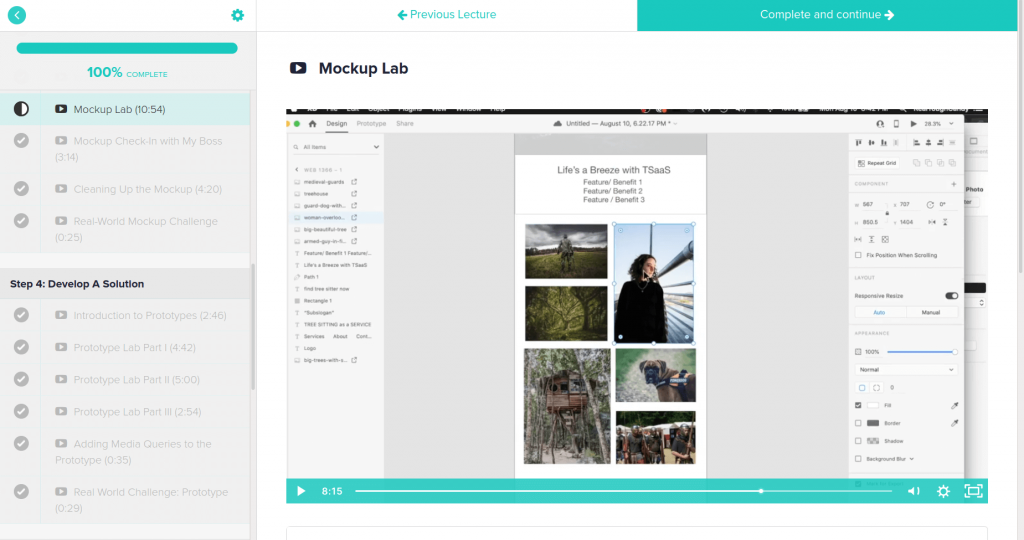
Learn more about the RealToughCandy.io learning platform.
14 Best UX Books: Conclusion
Today we showed you 14 of the best UX books for this year.
But based on value, newbie-friendliness and best overall, we came up with 3 clear winners:
Best Overall
White Space Is Not Your Enemy
Best for Newbies
UX for Beginners: A Crash Course in 100 Short Lessons
Best Value
Practical UX Design
We also showed you a must-have UX course:
Designs and Deadlines: Practical UX/UI for Web Developers
So whether you’re just getting started on your UX journey or already have plenty of XP, we think there’s something for everyone.
Up Next:
- 17 Best Java Courses This Year [Beginner & Intermediate Java Courses]
- Is Yelp Camp is the greatest web development project of all time? (Colt Steele bootcamp)
- LinkedIn Learning Review: Is LinkedIn Learning worth it?
- 5 Best Flutter Courses + Bonus [Learn Flutter for Beginners]
- Top 10 Best Object-Oriented Programming Books [Learn OOP]
What are the best UX books out there?
There are plenty of good UX books, but we narrowed it down to 14. From there, we picked the best based on 3 criteria. For best overall, we chose White Space is not your enemy. For those new to UX design, we think UX for Beginners: A Crash Course in 100 Short Lessons may be the best way to learn. And for the budget-conscious UX designer, we chose Practical UX Design.
Are there any good UX/UI courses for web developers?
RealToughCandy.io has a video-based UX/UI course specifically for web developers. In this course, you’ll learn about UX/UI fundamentals. In addition you’ll learn about pre-built libraries and frameworks. You’ll also become familiar with Adobe XD while building your own project. For every 10 minutes of video, you can expect to spend 1-3 hours working on your own project alongside the course.
Is there a book about getting hired as a UX designer?
Yes, How to Get a UX Design Job will show you how to use UX to your advantage with recruiters and hiring managers. In addition, you’ll learn how to create a resume that will get you past the Applicant Tracking System and into the hands of a person. Then you’ll learn other important skills like building an online presence with social media and LinkedIn. Finally, you’ll learn how to confidently answer common UX interview questions, and work on in-person design exercises.
![14 best ux books this year [beginner to advanced ux designers]](https://realtoughcandy.com/wp-content/uploads/2021/01/new-cover-best-ux-books-1024x576.jpg)
